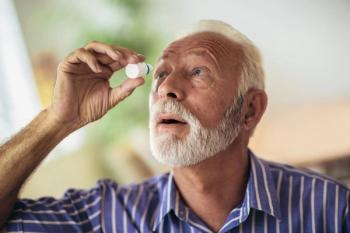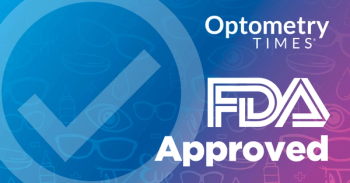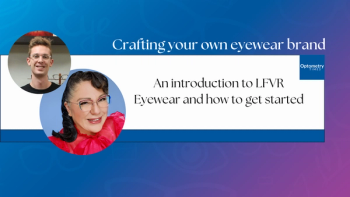
New perspectives drive paradigms in dry eye diagnosis, treatment
Recent research has created new perspectives on tear film dysfunction and ocular surface disease that is driving the development of new therapeutic concepts along with innovations in diagnosis and treatment.
Key Points
Orlando, FL-Recent research has created new perspectives on tear film dysfunction and ocular surface disease that is driving the development of new therapeutic concepts along with innovations in diagnosis and treatment, said Arthur B. Epstein, OD, at the annual meeting of the American Academy of Optometry.
He explained that the ocular surface and tear film can be thought of as a unique external environment created by the body. However, it is a complex microenvironment that consists of multiple components and that is continuously exposed to potentially disrupting factors within a macroenvironment.
Defects in the lipid, aqueous, and mucin components of the tear film can precipitate dry eye disease.
"Breakdown in the lipid, aqueous, or mucin components of the tear film can lead to dry eye, and the precipitating factor doesn't matter. Regardless of what that is, a perpetuating cyclic process is induced that leads to inflammation. Inflammation as a feature of dry eye disease develops as a last-ditch compensatory effort to fix a disrupted environment," he said.
Newsletter
Want more insights like this? Subscribe to Optometry Times and get clinical pearls and practice tips delivered straight to your inbox.


















































.png)


